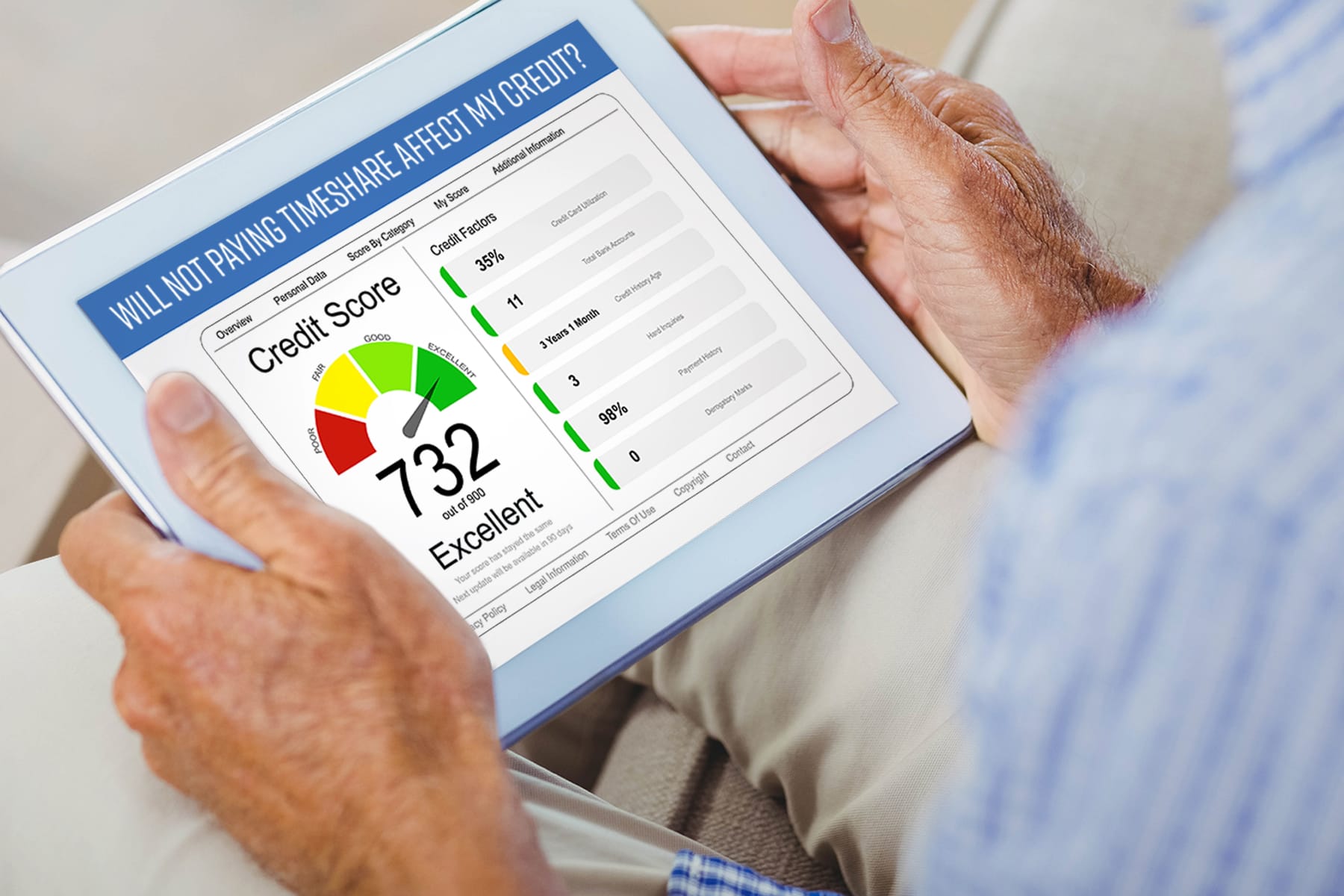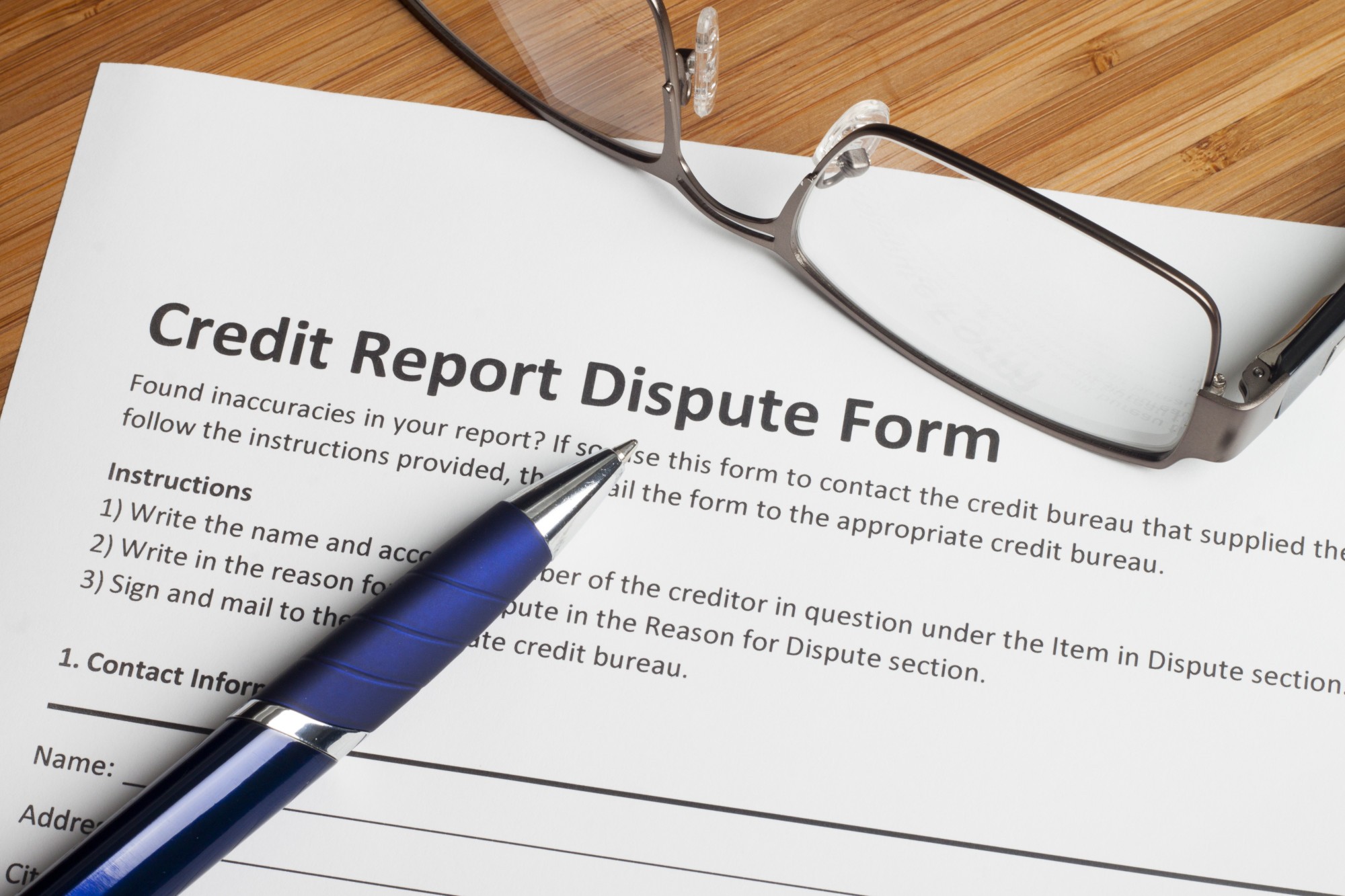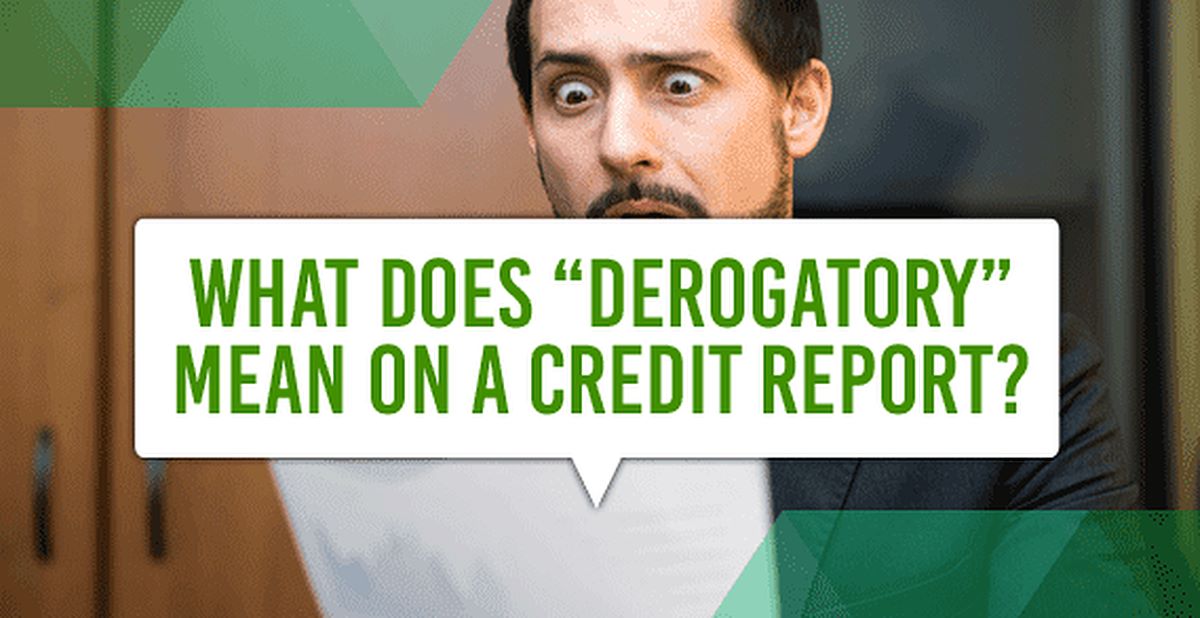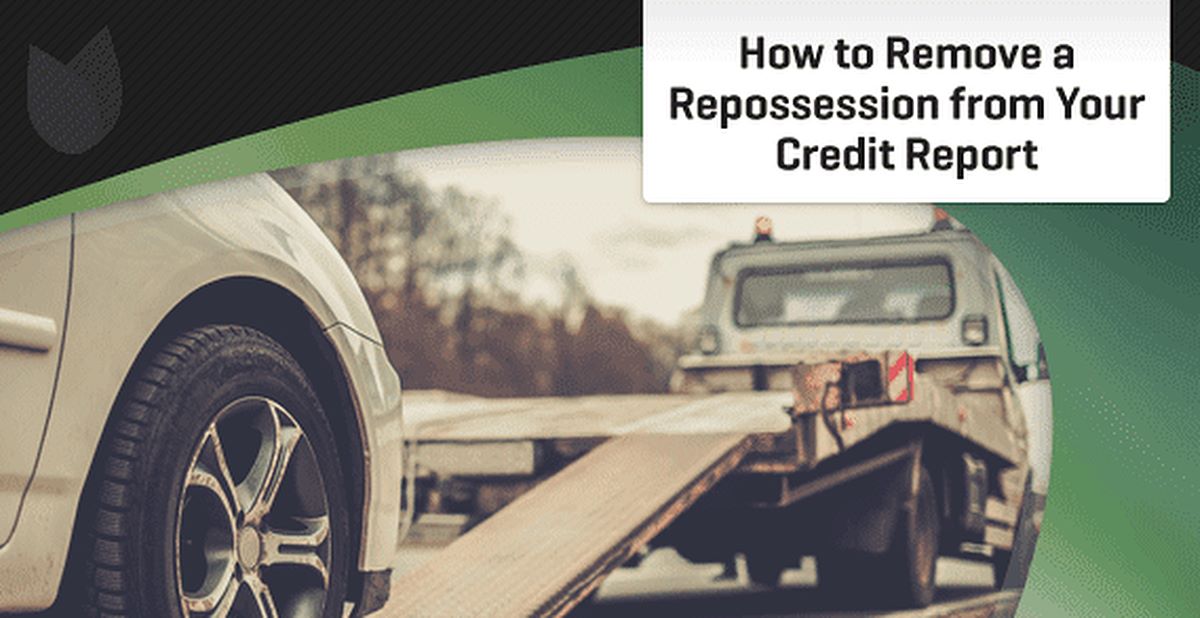Home>Finance>How To Remove Closed Credit Card From Credit Report
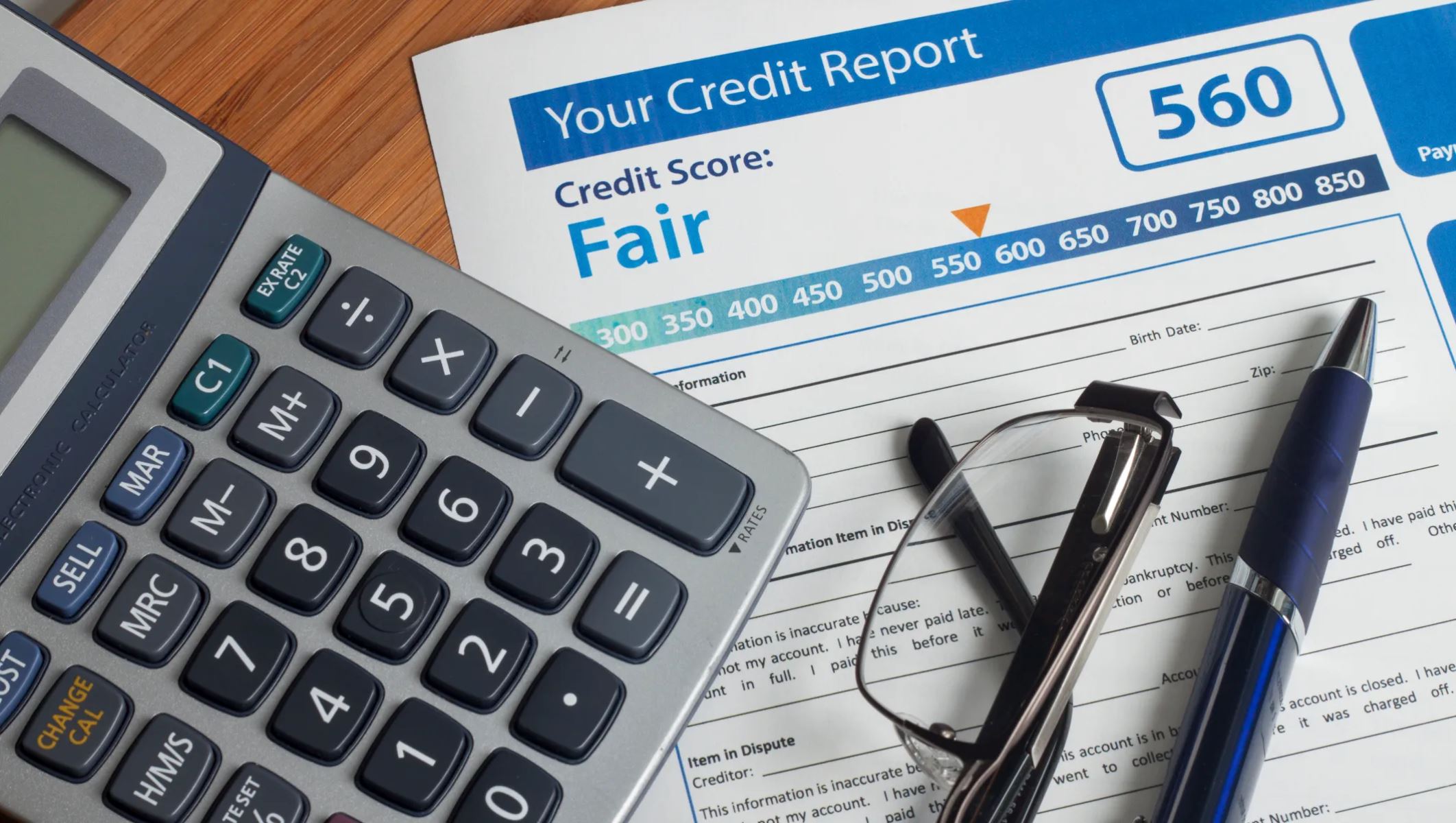

Finance
How To Remove Closed Credit Card From Credit Report
Published: October 25, 2023
Learn how to remove a closed credit card from your credit report and improve your finances. Follow our step-by-step guide for a clean credit history.
(Many of the links in this article redirect to a specific reviewed product. Your purchase of these products through affiliate links helps to generate commission for LiveWell, at no extra cost. Learn more)
Table of Contents
- Introduction
- Understanding Closed Credit Cards
- The Impact of Closed Credit Cards on Credit Reports
- Why Remove a Closed Credit Card from Your Credit Report?
- How to Remove a Closed Credit Card from Your Credit Report
- Method 1: Dispute the Closed Credit Card with the Credit Bureaus
- Method 2: Contact the Credit Card Issuer
- Method 3: Seek Professional Help from a Credit Repair Company
- The Timeline for Removing a Closed Credit Card from Your Credit Report
- Final Tips and Considerations
- Conclusion
Introduction
When it comes to your credit report, every detail matters. The information contained in your credit report affects your ability to secure loans, get favorable interest rates, and even land a job. One important aspect of your credit report is the listing of your credit cards, including those that have been closed.
Understanding how closed credit cards can impact your credit report is crucial. It’s common for individuals to wonder how they can remove a closed credit card from their credit report, especially if it’s negatively affecting their credit score.
In this article, we will delve into the world of closed credit cards and explain the importance of removing them from your credit report. We will guide you through the step-by-step process of removing closed credit cards and explore various methods to achieve this. Whether you choose to dispute the closed credit card with the credit bureaus, contact the credit card issuer directly, or seek professional assistance, we will provide you with all the essential information you need to effectively remove a closed credit card from your credit report.
Let’s dive in and learn how to successfully remove a closed credit card from your credit report, empowering you to take control of your financial future.
Understanding Closed Credit Cards
Closed credit cards are accounts that have been terminated or closed by either the credit card holder or the credit card issuer. There are various reasons why a credit card may be closed, such as a request from the cardholder, a delinquency in payments, or the card reaching its expiration date.
When a credit card is closed, it no longer remains an active account, and you can no longer make purchases or incur new charges on that card. However, it’s important to note that even though the card is closed, it still holds significance on your credit report and can have an impact on your overall credit history.
Just because a credit card is closed doesn’t mean it disappears from your credit report. In fact, closed credit cards are still listed on your credit report, along with other relevant information such as the date the account was closed, the credit limit, and the payment history associated with that card.
It’s essential to understand that closed credit cards can affect your credit utilization ratio, which is a vital factor in determining your credit score. Credit utilization ratio refers to the percentage of your available credit that you are utilizing at any given time. The lower your credit utilization ratio, the better it is for your credit score.
Having a closed credit card with a high credit limit can negatively impact your credit utilization ratio because it reduces the amount of available credit you have. This can potentially lower your credit score and make it more challenging to obtain new credit in the future.
Furthermore, the presence of closed credit cards on your credit report can also affect the average age of your credit history. The length of your credit history is an essential aspect of your credit score. Closed credit cards, particularly if they were open for a significant period, can contribute to a longer credit history, which is beneficial for your credit score.
Now that we have a better understanding of closed credit cards and their impact on credit reports, let’s explore the reasons why it’s important to remove a closed credit card from your credit report.
The Impact of Closed Credit Cards on Credit Reports
Closed credit cards can have both positive and negative impacts on your credit report. Understanding these impacts is crucial for managing your credit effectively. Let’s explore the various ways in which closed credit cards can affect your credit report.
1. Credit Utilization Ratio: As mentioned earlier, closed credit cards can impact your credit utilization ratio. When you have a closed credit card with a high credit limit, it reduces your available credit, which can result in a higher credit utilization ratio. This, in turn, can have a negative impact on your credit score. Therefore, removing closed credit cards can help improve your credit utilization ratio and boost your credit score.
2. Account History: The history of your closed credit cards is still reflected on your credit report. This includes your payment history, which comprises on-time payments, late payments, and any instances of delinquency. Negative information associated with a closed credit card can lower your credit score. Removing closed credit cards can eliminate any negative history and improve your overall creditworthiness.
3. Average Age of Credit: Closed credit cards also impact the average age of your credit history. The length of your credit history plays a significant role in determining your credit score. If you have a long credit history, it shows that you have been managing credit responsibly for an extended period. Removing closed credit cards with a shorter credit history can help maintain a higher average age of credit, positively impacting your credit score.
4. Credit Mix: Maintaining a diverse credit mix is important for a healthy credit report. Closed credit cards contribute to your credit mix, and having a variety of credit accounts, such as credit cards, loans, and mortgages, can have a positive effect on your credit score. However, if a closed credit card is the only credit account in a certain category, such as a retail store card, removing it may not significantly impact your credit mix.
5. Identity Theft and Fraud: Closed credit cards can also be vulnerable to identity theft and fraud. If you notice any fraudulent activity or suspected unauthorized charges on a closed credit card, it’s crucial to take immediate action to prevent any negative impact on your credit report and score.
Understanding the impact of closed credit cards on your credit report is essential for managing your credit effectively. In the next section, we will explore the reasons why you should consider removing a closed credit card from your credit report.
Why Remove a Closed Credit Card from Your Credit Report?
Removing a closed credit card from your credit report can have several benefits. Let’s explore the reasons why you should consider removing a closed credit card from your credit report.
1. Improve Credit Score: A closed credit card with negative information, such as missed payments or delinquency, can significantly impact your credit score. By removing the closed credit card from your credit report, you can eliminate the negative history associated with it and potentially improve your credit score.
2. Enhance Creditworthiness: Lenders and creditors review your credit report to assess your creditworthiness. If a closed credit card with negative information is visible on your report, it can create the impression that you are not a responsible borrower. Removing the closed credit card can help portray a more positive image of your creditworthiness to potential lenders.
3. Improve Credit Utilization Ratio: Closing a credit card can reduce your available credit, which can result in an increase in your credit utilization ratio. By removing the closed credit card from your credit report, you can improve your credit utilization ratio, which plays a significant role in determining your credit score.
4. Reflect Accurate Credit History: It’s essential for your credit report to accurately reflect your credit history. If a closed credit card is listed on your report with incorrect information or discrepancies, it’s important to have it removed to ensure the accuracy of your credit history.
5. Clean Slate: Removing a closed credit card from your credit report can give you a fresh start. It allows you to focus on building a positive credit history without any negative associations from past closed accounts.
6. Increased Future Opportunities: Having a clean credit report, free from the negative impact of closed credit cards, can open up doors for new credit opportunities. It can make it easier to secure loans, obtain better interest rates, and have access to credit cards with higher limits.
It’s important to note that removing a closed credit card from your credit report does not erase the history of that account. The closed credit card’s payment history and other relevant information will be retained by the credit reporting agencies for a certain period. However, removing it from your report can help mitigate the negative impact it may have on your credit score and allow you to move forward with a stronger credit profile.
Now that you understand the benefits of removing a closed credit card from your credit report, let’s explore the methods you can use to achieve this.
How to Remove a Closed Credit Card from Your Credit Report
Removing a closed credit card from your credit report requires careful navigation through the credit reporting system. While the process may seem daunting, there are several methods you can use to achieve this. Let’s explore each one:
Method 1: Dispute the Closed Credit Card with the Credit Bureaus
The first step is to initiate a dispute with the credit reporting agencies (Experian, Equifax, and TransUnion) that are reporting the closed credit card on your credit report. You can do this by submitting a dispute letter or filing a dispute online. In the dispute, clearly state why you believe the closed credit card should be removed from your credit report. Include any supporting documentation, such as a letter from the credit card issuer confirming the closure, to strengthen your case. The credit bureaus will then investigate your dispute and remove the closed credit card if they find it to be invalid or inaccurate.
Method 2: Contact the Credit Card Issuer
Another approach is to reach out directly to the credit card issuer and request that they update the status of the closed credit card with the credit reporting agencies. Provide them with any documentation that supports the closure of the credit card, such as a letter you received from them confirming the closure. The credit card issuer can then update the information they report to the credit bureaus, prompting the removal of the closed credit card from your credit report.
Method 3: Seek Professional Help from a Credit Repair Company
If you find the process overwhelming or time-consuming, you may consider enlisting the help of a reputable credit repair company. These companies specialize in navigating the credit reporting system and can assist you in removing the closed credit card from your credit report. Research and choose a trustworthy credit repair company that has a proven track record of success in dealing with credit report disputes.
Regardless of the method you choose, it’s essential to remain patient and persistent throughout the process. Removing a closed credit card from your credit report may take time, and you may need to follow up with the credit bureaus or the credit card issuer to ensure the necessary updates are made.
The Timeline for Removing a Closed Credit Card from Your Credit Report
The timeline for removing a closed credit card from your credit report can vary. Generally, credit bureaus have 30 to 45 days to investigate and respond to your dispute. If they find your dispute to be valid, they will remove the closed credit card from your credit report. However, it’s important to note that the timeline can be longer if the dispute requires additional investigation or if you choose to seek professional help. Patience and persistence are key during this process.
Final Tips and Considerations
- Monitor your credit report regularly to ensure that the closed credit card has been removed.
- Continue to make timely payments on your active credit cards to maintain a positive credit history.
- Consider the potential impact on your credit utilization ratio and average age of credit when deciding to close a credit card in the future.
By following these steps and remaining proactive in managing your credit, you can successfully remove a closed credit card from your credit report and improve your overall creditworthiness.
Method 1: Dispute the Closed Credit Card with the Credit Bureaus
One of the most common methods to remove a closed credit card from your credit report is by disputing it with the credit bureaus. When disputing a closed credit card, you are essentially challenging the accuracy or validity of the information reported by the credit bureaus. Follow these steps to initiate a dispute:
Step 1: Obtain Your Credit Report
Request a copy of your credit report from each of the three major credit reporting agencies: Experian, Equifax, and TransUnion. You are entitled to a free copy of your credit report from each agency once every 12 months through AnnualCreditReport.com.
Step 2: Review the Credit Report
Carefully review your credit report to locate the closed credit card account. Check for any inaccuracies or discrepancies in the reporting of the closed credit card, such as an incorrect closure date or a balance that is still showing outstanding.
Step 3: Prepare a Dispute Letter
Write a formal dispute letter to the credit bureau(s) reporting the closed credit card. Clearly state the reason for the dispute, providing specific details regarding the closed credit card and the information that you believe is inaccurate or incorrect. Include any supporting documentation, such as receipts, letters from the credit card issuer confirming the closure, or any other relevant evidence.
Step 4: Submit the Dispute
Send your dispute letter to the credit bureaus via certified mail with a return receipt requested. This ensures that you have proof of the date the letter was sent and received. You can also submit your dispute online through the credit bureaus’ websites, following their specific dispute process.
Step 5: Follow Up and Provide Documentation
Keep track of the progress of your dispute and follow up with the credit bureaus to ensure they are investigating your claim. If the credit bureaus request additional documentation to support your dispute, promptly provide the requested information. This will help expedite the resolution of your dispute.
Step 6: Credit Bureau Investigation
Once the credit bureaus receive your dispute, they have 30 to 45 days to conduct an investigation. They will contact the credit card issuer and request verification of the information you have disputed. If the credit card issuer fails to respond within the given timeframe, the credit bureaus are required to remove the closed credit card from your credit report.
It’s important to note that the credit bureaus may deem your dispute invalid or frivolous if they determine that the information you provided is insufficient or lacks merit. Therefore, be sure to provide clear and compelling evidence to support your case.
Removing a closed credit card through the dispute process can be an effective way to eliminate inaccurate or unwarranted negative information from your credit report. However, it requires patience and persistence. Follow up with the credit bureaus if necessary and monitor your credit report to ensure that the closed credit card has been successfully removed.
Method 2: Contact the Credit Card Issuer
An alternative method to remove a closed credit card from your credit report is by directly contacting the credit card issuer. By reaching out to the issuer, you can request that they update the status of the closed credit card with the credit reporting agencies. Follow these steps to utilize this method:
Step 1: Gather Documentation
Collect any documentation related to the closure of the credit card. This may include letters from the credit card issuer confirming the closure, account statements showing the final balance, or any other correspondence that verifies the card’s closure.
Step 2: Contact the Credit Card Issuer
Reach out to the credit card issuer via phone or by sending a written communication. Clearly explain that you want them to update the status of the closed credit card with the credit reporting agencies to accurately reflect its closure. Provide the relevant documentation you gathered in the previous step to support your request.
Step 3: Follow Up in Writing
After your initial contact with the credit card issuer, it is advisable to follow up with a written request sent via certified mail. In your letter, summarize the details of your conversation, reiterate your request for them to update the status of the closed credit card, and include copies of any supporting documentation. Remember to keep a copy of the letter for your records.
Step 4: Verify Updates with Credit Reporting Agencies
Monitor your credit report after contacting the credit card issuer to ensure the necessary updates have been made. Allow sufficient time for the credit card issuer to send the updated information to the credit reporting agencies and for them to reflect these changes on your credit report.
Step 5: Follow Up if Needed
If you notice that the closed credit card has not been removed or updated on your credit report after a reasonable period, contact both the credit card issuer and the credit reporting agencies to investigate the issue further. Provide copies of your correspondence with the credit card issuer as evidence of your efforts to resolve the matter.
By proactively reaching out to the credit card issuer and requesting them to update the status of the closed credit card, you can potentially achieve the removal of the closed credit card from your credit report. However, keep in mind that the issuer’s cooperation is not guaranteed, so it’s important to follow up and monitor your credit report to ensure the desired changes are made.
Method 3: Seek Professional Help from a Credit Repair Company
If you find the process of removing a closed credit card from your credit report overwhelming or time-consuming, you may consider seeking professional help from a reputable credit repair company. These companies specialize in navigating the intricacies of the credit reporting system and can assist you in removing the closed credit card. Here’s how the process typically works:
Step 1: Research and Choose a Credit Repair Company
Take the time to research and choose a reputable credit repair company that has a proven track record of success. Look for companies that are transparent about their services, fees, and guarantees. Read reviews and testimonials from previous clients to ensure the company is trustworthy and reputable.
Step 2: Consultation and Analysis
Once you have chosen a credit repair company, schedule a consultation with them. During this consultation, they will analyze and review your credit report, specifically focusing on the closed credit card you want to remove. They will identify any potential inaccuracies or discrepancies and develop a strategy accordingly.
Step 3: Dispute and Negotiation
The credit repair company will initiate the dispute process on your behalf. They will draft letters and communicate with the credit bureaus and credit card issuer, disputing the accuracy or validity of the closed credit card on your credit report. They will negotiate with the credit reporting agencies and the issuer to have the closed credit card removed or updated on your behalf.
Step 4: Regular Updates and Progress Reports
During the process, the credit repair company will provide you with regular updates and progress reports. They will keep you informed of any developments, such as responses from the credit bureaus or credit card issuer, and provide you with information on the status of your dispute. They will also inform you of any changes made to your credit report as a result of the dispute process.
Step 5: Completion and Monitoring
Once the credit repair company has successfully removed or updated the closed credit card from your credit report, they will consider their work complete. However, it is advisable to continue monitoring your credit report periodically to ensure that the changes made by the credit repair company are accurately reflected and that no new issues arise.
It’s important to note that engaging the services of a credit repair company is an option, but it comes with associated costs. It’s crucial to thoroughly review the terms and fees associated with the company’s services before proceeding.
While seeking professional help can alleviate the burden of navigating the credit reporting system on your own, it’s still important to be proactive and stay informed. Be sure to ask questions, understand the process, and maintain open communication with the credit repair company throughout the entire process.
The Timeline for Removing a Closed Credit Card from Your Credit Report
The timeline for removing a closed credit card from your credit report can vary depending on several factors. It’s important to understand the general timeline and manage your expectations accordingly. Here’s what you can typically expect:
Step 1: Initiate the Dispute
Once you have submitted a dispute regarding the closed credit card, whether through a letter or an online portal, the clock starts ticking. The credit reporting agencies (Experian, Equifax, and TransUnion) are required by law to respond to your dispute within 30 to 45 days.
Step 2: Credit Bureau Investigation
After receiving your dispute, the credit bureaus will initiate an investigation. They will contact the credit card issuer and request verification of the information you have disputed. The credit card issuer typically has 30 days to respond to these verification requests.
Step 3: Updating Your Credit Report
If the credit card issuer fails to respond within the given timeframe, the credit bureaus are required to remove the closed credit card from your credit report. However, if the credit card issuer provides the requested verification, it may take additional time for the credit bureaus to update your credit report accordingly.
It’s important to note that the credit bureaus have a reputation for operating on a slower timeline, so it may take longer than the official timeframes mentioned above. Patience is key during this process, and following up with the credit bureaus to ensure the progress of your dispute can be helpful.
Additionally, if you choose to seek professional help from a credit repair company, the timeline may vary based on the specific circumstances and the company’s efficiency. Some companies may have established relationships with credit bureaus and credit card issuers, which could potentially expedite the resolution process.
While waiting for the closed credit card to be removed from your credit report, it’s essential to continue practicing good credit habits. Make sure to pay your bills on time, keep credit card balances low, and maintain a healthy credit mix. These positive actions will help improve your overall creditworthiness and demonstrate responsible financial behavior.
Remember that removing a closed credit card from your credit report may take time, but by being patient and persistent and following up when necessary, you can ultimately achieve the desired outcome.
Final Tips and Considerations
Removing a closed credit card from your credit report requires patience, persistence, and careful navigation of the credit reporting system. To ensure a successful process and positive results, consider the following tips and considerations:
- Monitor your credit report: Regularly review your credit report to stay informed about the status of the closed credit card and the overall accuracy of your credit information. You can request a free copy of your credit report from each of the three major credit reporting agencies annually.
- Keep detailed records: Document all communication and correspondence related to the removal of the closed credit card. This includes letters, emails, phone conversations, and any supporting documentation. These records can serve as evidence if any issues arise during the dispute process.
- Stay proactive: Be proactive in contacting the credit bureaus and credit card issuer, following up on the progress of your dispute, and providing any requested documentation promptly. Taking an active role in the process can help expedite the removal of the closed credit card from your credit report.
- Maintain open communication: Establish and maintain open communication with the credit bureaus, credit card issuer, and any credit repair company involved. Be responsive to their requests for information and updates to ensure a smooth resolution of your dispute.
- Consider the potential impact on credit utilization and credit mix: Before closing any credit card in the future, carefully evaluate the potential impact on your credit utilization ratio and credit mix. Closing a credit card may affect your credit score, so weigh the benefits and drawbacks before making a decision.
- Be cautious of credit repair scams: Beware of fraudulent credit repair companies that make unrealistic promises or charge exorbitant fees upfront. Research and choose a reputable credit repair company with a track record of success and transparent fee structures.
- Educate yourself about your rights: Familiarize yourself with consumer protection laws such as the Fair Credit Reporting Act (FCRA) and the Fair and Accurate Credit Transactions Act (FACTA). Understanding your rights can help you navigate the credit reporting system more effectively.
Remember, removing a closed credit card from your credit report takes time and effort, but it is possible. By following the appropriate methods, staying informed, and maintaining good credit habits, you can achieve a clean and accurate credit report. A positive credit report can improve your credit score, enhance your creditworthiness, and set you up for financial success in the future.
Conclusion
Removing a closed credit card from your credit report is a crucial step towards maintaining a healthy credit profile and improving your creditworthiness. Through methods such as disputing with the credit bureaus, contacting the credit card issuer directly, or seeking professional help from a credit repair company, you have the power to take control of your credit report.
Understanding the impact of closed credit cards on your credit report is essential. They can affect your credit utilization ratio, average age of credit, and overall creditworthiness. By removing closed credit cards, you can potentially improve your credit score and open up new opportunities for securing favorable interest rates and obtaining credit in the future.
Throughout this journey, it’s important to remain patient, persistent, and proactive. Monitor your credit report regularly, keep detailed records of your communication, and maintain open dialogue with the credit bureaus, credit card issuer, and any credit repair company involved. By doing so, you can ensure that the closed credit card is accurately reflected on your credit report and take the necessary steps to address any discrepancies or inaccuracies.
Remember, responsible credit management extends beyond removing a closed credit card from your credit report. It involves maintaining good credit habits, such as making timely payments, keeping credit card balances low, and diversifying your credit mix. These habits will not only contribute to your current financial health but also build a solid foundation for a strong credit history in the long run.
With the knowledge and tools provided in this article, you are equipped to navigate the process of removing a closed credit card from your credit report. Take control of your credit, take action, and watch as your creditworthiness improves, paving the way for a brighter financial future.

